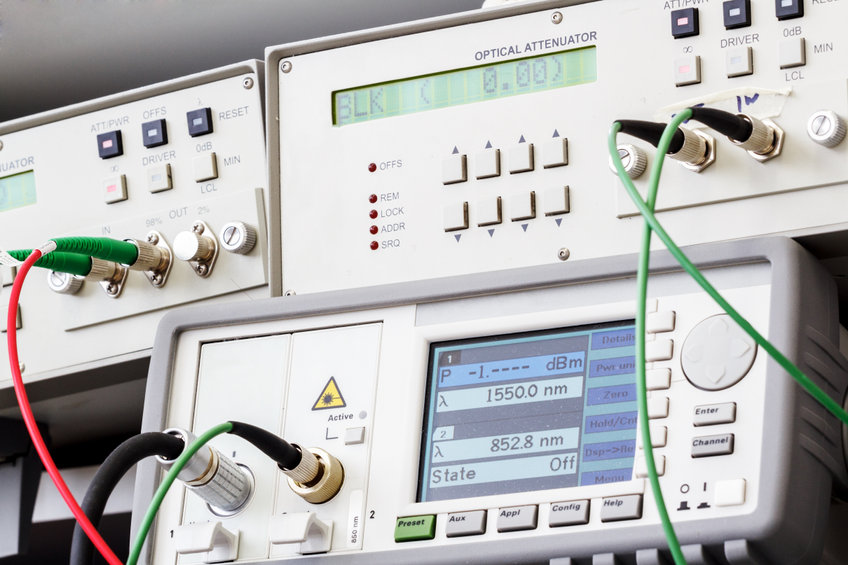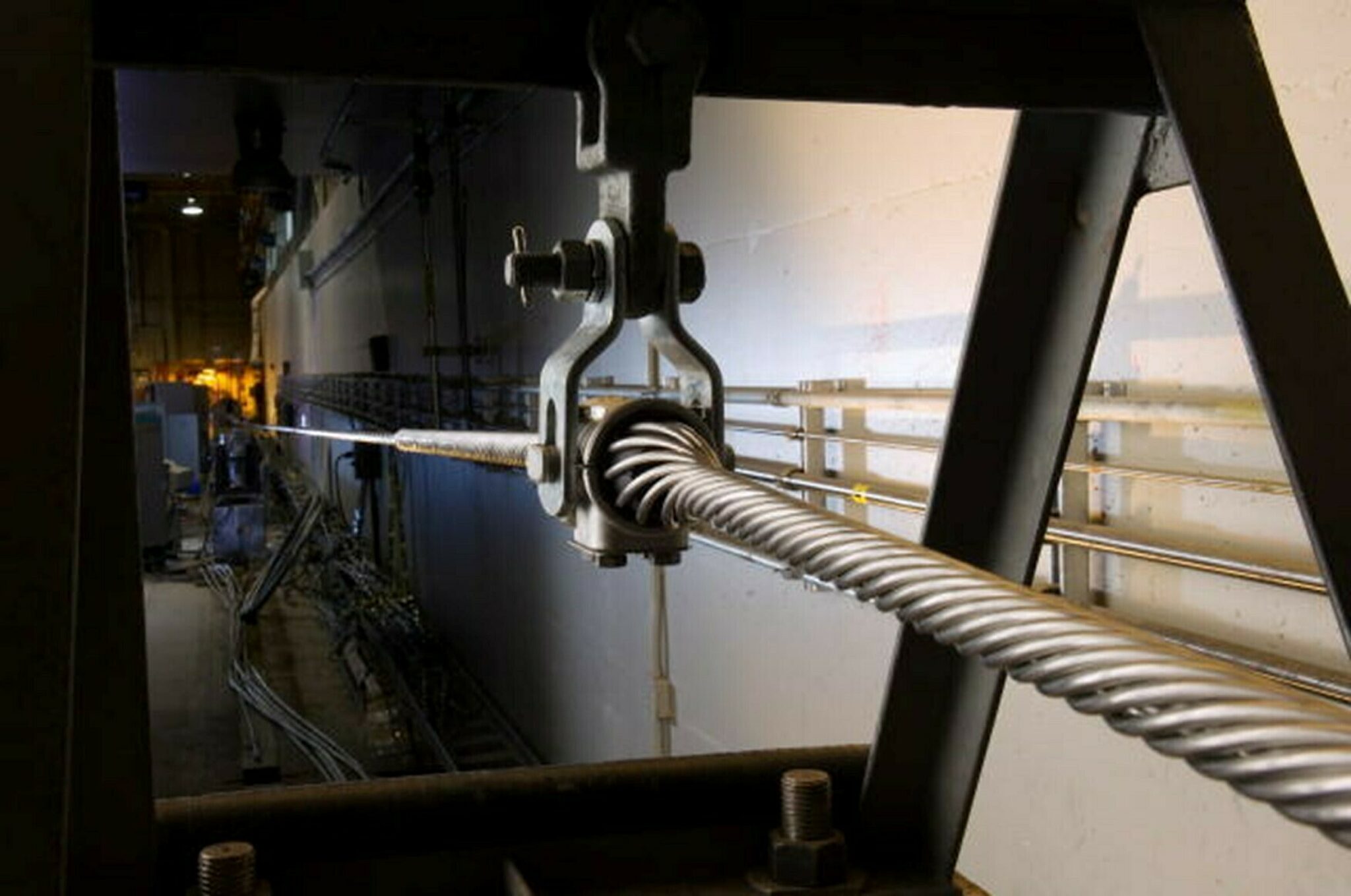Engineers utilize the optical fibre diameter analyser to verify fibre uniformity.
The Function of Optical Fiber Screening in Ensuring Top Quality and Efficiency in Connectivity Solutions
In today's rapidly progressing electronic landscape, the relevance of optical fiber screening can not be overemphasized, as it works as a cornerstone for guaranteeing the high quality and effectiveness of connection options. By using a series of testing approaches, including OTDR and loss evaluations, organizations can proactively determine and reduce prospective network concerns that might hinder performance. Regular testing not only lines up with market criteria yet also paves the method for enhanced information transmission. However, as technology continues to breakthrough, the future of optical fiber screening postures fascinating obstacles and possibilities that warrant closer assessment.
Relevance of Optical Fibre Screening
The importance of optical fiber screening can not be overstated in making certain the integrity and efficiency of interaction networks. As the backbone of modern-day telecoms, optical fibers help with high-speed information transmission, making their reliability important to operational success. Evaluating functions as a proactive procedure to recognize potential problems such as signal loss, depletion, and physical damage, which can jeopardize network efficiency.
Regular testing enables the confirmation of installation high quality and the discovery of defects that might influence data honesty - ofda. By utilizing extensive screening methods, network operators can alleviate the threats connected with network failures, consisting of downtime and economic losses. Optical fibre screening makes sure conformity with industry criteria and guidelines, enhancing the overall high quality of solution provided to end-users.
Ultimately, the methodical analysis of optical fibers adds to the longevity and efficiency of interaction systems. It enables stakeholders to make enlightened choices regarding upkeep, upgrades, and troubleshooting. In a landscape where information is progressively vital, focusing on optical fiber screening is vital to sustaining robust and effective connectivity remedies, thus supporting the needs of modern electronic environments.
Sorts Of Optical Fiber Tests
Various testing methods are utilized to ensure the performance and reliability of optical fibers within interaction networks. These tests can be extensively categorized into 2 primary kinds: installation tests and upkeep examinations.
Installment examinations are conducted immediately after the installment of optical fibre cords to confirm their performance and honesty - optical fibre testing equipment. The most typical installment tests include Optical Time-Domain Reflectometry (OTDR) examinations, which analyze the high quality of the fiber by recognizing mistakes or breaks, and end-to-end loss examinations, which determine the overall optical loss from one end of the fibre to the various other
Upkeep tests, on the various other hand, are performed occasionally to guarantee ongoing efficiency and identify potential concerns gradually. These include visual evaluation, which checks for physical damages or inappropriate installations, and connection examinations, which validate that the signal can go through the fibre without disruption.
Furthermore, progressed tests such as Polarization Mode Dispersion (PMD) and Chromatic Dispersion (CD) tests can be carried out to examine the fibre's performance under different conditions. By employing these diverse screening approaches, specialists can maintain high requirements of quality and dependability in optical fibre networks.
Advantages of Normal Checking
Normal testing of optical fibres plays an important duty in keeping the general performance and dependability of interaction networks. By carrying out regular assessments, organizations can guarantee that their fiber optic installations meet market standards and operate successfully. This positive strategy aids to determine potential weaknesses and degradation with time, enabling prompt interventions before concerns rise.

Cost-effectiveness is an additional benefit. By attending to minor concerns early, organizations check these guys out can prevent the high expenses linked with significant fixings or system failings. Normal screening likewise promotes conformity with governing needs, making sure that the network follows necessary safety and security and efficiency criteria.
Typical Concerns Recognized
Recognizing usual concerns in optical fibre networks is crucial for maintaining optimal efficiency and dependability. Various elements can add to disturbances, consisting of physical damage, inadequate installation techniques, and environmental impacts.
Physical damages, such as bends, breaks, or abrasions, can substantially degrade signal high quality. Improper setup strategies, including too much tension or inadequate protecting of cables, may bring about enhanced depletion and loss of connection. Furthermore, ecological elements such as temperature level fluctuations, wetness access, and rodent interference can jeopardize the honesty of the fibre.
Port concerns also often arise, with incorrect alignment or contamination causing enhanced insertion loss. In addition, splicing errors can introduce substantial signal deterioration otherwise executed with accuracy.

Resolving these usual concerns via regular optical fibre screening not just enhances network integrity however likewise maximizes total efficiency, making certain that connection solutions stay robust and reliable.
Future Patterns in Testing
As the need for high-speed connectivity continues to increase, the future of optical fibre screening will significantly concentrate on automation and progressed analytics. The combination of synthetic knowledge (AI) and artificial intelligence (ML) in testing procedures will enable extra effective data evaluation and predictive upkeep, minimizing downtime and enhancing total network dependability. Automated screening remedies will certainly enhance the inspection and accreditation of fiber networks, reducing human mistake and enhancing screening throughput.
An additional substantial trend is the adoption of remote testing innovations. As the implementation of fibre networks broadens right into remote and underserved locations, remote screening capacities will certainly permit specialists to keep an eye on and detect great post to read network problems without physical visibility, thereby minimizing functional costs and boosting feedback times.
Moreover, there will be a shift in the direction of more extensive testing criteria that incorporate not only standard loss dimensions but also performance metrics such as latency and data transfer application. This holistic strategy will help with much better network monitoring and optimization techniques.
As these fads evolve, the optical fibre robotic vision testing landscape will not just boost the quality and efficiency of connection remedies however additionally support the expanding intricacies of modern-day interaction networks.
Conclusion
To conclude, optical fiber screening acts as an essential component in maintaining the integrity and effectiveness of interaction networks. By methodically assessing numerous criteria via developed testing approaches, prospective issues are determined and remedied, making certain optimal performance. The continuous commitment to routine screening not just enhances data transmission but also straightens with industry standards, cultivating dependability in network frameworks. As technology progresses, the value of cutting-edge screening approaches will proceed to expand, additional progressing connectivity services.